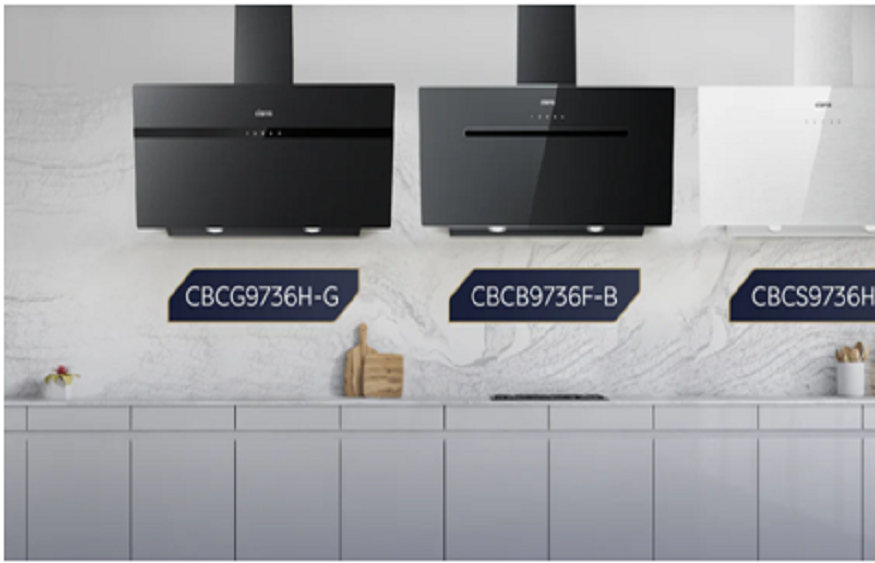A ductless cooker hood, also known as a recirculating range hood, is an essential kitchen appliance that helps to maintain clean air by filtering out smoke, grease, and odors during cooking. Unlike ducted models, ductless hoods do not require an external vent, making them ideal for homes where installing ductwork is not feasible. To choose the most suitable ductless cooker hood, consider the following key factors:
1. Air Volume (CFM)
The air volume, measured in cubic feet per minute (CFM), determines how efficiently the hood can clear the air of smoke and cooking odors. For most home kitchens, a ductless hood with a CFM rating between 150 and 400 is sufficient. Select a higher CFM model if you frequently cook foods that produce a lot of smoke or strong odors, such as frying or grilling.
2. Filtration System
Ductless cooker hoods rely on filters to trap grease and neutralize odors. Look for the following filtration components:
Grease Filters: Usually made of aluminum or stainless steel, these filters capture grease particles. Ensure they are washable and easy to clean.
Charcoal Filters: These filters absorb odors and require periodic replacement. Choose a model with high-quality charcoal filters for better odor control.
Tip: Some advanced models come with multi-layer filtration systems for enhanced performance.
3. Noise Level
The noise level of a ductless range hood is measured in sones or decibels (dB). Since the hood will likely be running while you’re cooking, opt for a model that operates at or below 65 dB for a quieter kitchen environment. Many manufacturers list the noise level in the product specifications.
4. Design and Size
Ensure the cooker hood matches the size of your stove or cooktop. Common widths are 24, 30, and 36 inches. The hood should be at least as wide as the cooking surface for optimal performance. Additionally, consider the design and finish to complement your kitchen decor. Popular designs include:
Wall-Mounted Hoods: Ideal for kitchens with ample wall space.
Under-Cabinet Hoods: Space-saving options that fit beneath cabinets.
Island Hoods: Designed for cooktops located on kitchen islands.
5. Ease of Maintenance
Choose a model with dishwasher-safe grease filters for hassle-free cleaning. Additionally, check how often the charcoal filters need replacement and their cost.
6. Energy Efficiency
Energy-efficient models consume less power and may have features like LED lighting, which provides bright illumination while saving energy.
7. Budget
Ductless cooker hoods come in a range of prices. Basic models start around $100, while premium models with advanced features can cost $500 or more. Set a budget based on your cooking habits and kitchen needs.
Comparing Brands and Models
Here are some top-rated ductless cooker hoods to consider:
Broan-NuTone BCDF130SS
CFM: 375
Noise Level: 1.5 sones (low setting)
Features: Dishwasher-safe filters, LED lighting
Price: ~$250
Cosmo 5MU30
CFM: 200
Noise Level: 56 dB
Features: Slim design, multi-layer filters
Price: ~$150
CFM: 450
Noise Level: 3 sones
Features: Touch controls, sleek design, baffle filters
Price: ~$400
AKDY RH0231
CFM: 250
Noise Level: 60 dB
Features: Tempered glass design, charcoal filter
Price: ~$200
Final Tips
Always measure your kitchen space before purchasing.
Check for warranty and customer support.
Read user reviews to gauge real-world performance.
By carefully evaluating these factors, you can find the perfect ductless cooker hood to suit your kitchen and cooking style. A good range hood not only enhances your cooking experience but also ensures a cleaner and more comfortable kitchen environment.




